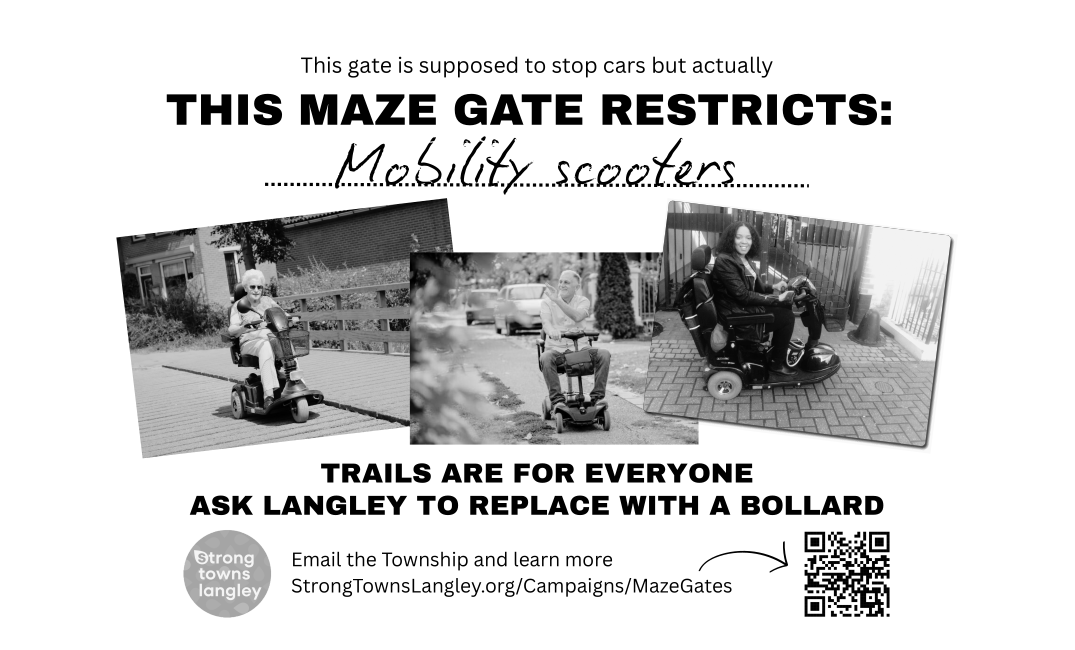Table of Contents
Please help grow The Langley Union by sharing this newsletter with friends, family, or on social media and asking them to subscribe.
Word of mouth makes all the difference as we strive to grow and champion local news in our community!
Across Metro Vancouver and beyond, a quiet revolution is reshaping how municipalities think about trail accessibility.
From Stanley Park's iconic seawall to suburban pathway networks in Coquitlam, cities are recognizing that maze gates - those narrow, zigzagging barriers installed at trail entrances - create more problems than they solve.
Now, Langley Township is poised to join this movement, thanks to sustained advocacy from Strong Towns Langley and HUB Cycling Langley.
The campaign to eliminate maze gates represents more than a fight over specific infrastructure.
It's about fundamental questions of who belongs in public space and whether our communities will prioritize inclusive design over exclusionary barriers that masquerade as safety measures.
The Widespread Problem with Maze Gates
Maze gates, also called baffle gates or bicycle stop baffles, consist of two staggered metal barriers that force trail users into narrow, winding paths.
Originally designed to slow cyclists and prevent motor vehicle access, these gates have become symbols of infrastructure that serves theoretical concerns while creating real barriers for diverse community members.
The problems with maze gates are both immediate and systemic.
Parents pushing strollers find themselves unable to navigate the narrow openings, forcing them to lift heavy equipment overhead or abandon their route entirely.
People using wheelchairs, mobility scooters, or adaptive bicycles discover that trails marked as accessible are anything but. Families with bike trailers, cargo bike users, and anyone using wider mobility devices face the same exclusion.
As Stewart Midwinter, a Calgary wheelchair user, documented in 2018, these barriers can force people to travel "two or three blocks out of their way" to reach destinations that should be directly accessible.
Lindsay Bliek, a Calgary parent, described the impossible choice of waking a sleeping child to lift a stroller over barriers or simply avoiding trails altogether.
These individual frustrations add up to broader community impacts. When public infrastructure excludes working families trying to make sustainable transportation choices, it undermines municipal climate goals and perpetuates car dependency.
When trails advertised as accessible turn out to exclude people with mobility devices, it represents a failure of basic civic responsibility.
A Growing Movement Toward Accessibility
What seemed impossible just a few years ago has become standard practice across the region.
The momentum for maze gate removal demonstrates how sustained advocacy can shift municipal thinking from exclusionary safety measures to inclusive design.
Coquitlam led the charge in 2023, removing maze gates entirely from their design guidelines and committing to eliminate existing barriers throughout the city.
With at least 150 maze gates identified citywide, Coquitlam's Transportation Director Douglas McLeod acknowledged that removing these barriers "improves accessibility for all users as they can be challenging to navigate for individuals with mobility aids, strollers, and bikes."
The city prioritized removal "along walkways in areas that have high cycling and pedestrian-generating land uses such as schools, parks, and transit connections" - exactly the locations where accessibility matters most for daily transportation needs.
At costs ranging from $500 to $1,500 per gate for removal and replacement with better alternatives, Coquitlam demonstrated that financial concerns shouldn't prevent accessibility improvements.
Vancouver followed suit in 2024 with an even more high-profile commitment. The Vancouver Park Board unanimously approved removing maze gates from Stanley Park's world-famous seawall, investing $830,000 in accessibility improvements.
City engineer Joses Akampurira was explicit: "Industry best practices do not recommend the use of maze gates. Instead, alternative design solutions are suggested to slow down cyclists, manage conflicts and encourage desired behaviours."
Vancouver's alternatives include marked bike paths with single pedestrian crossings, chicanes that naturally slow cyclists through gentle curves, lean rails that separate different users, and improved signage with pavement markings.
These solutions maintain safety while eliminating width-based exclusions that keep legitimate users off public trails.
Langley's Political Progress
Against this regional backdrop, Langley Township has made significant political progress toward maze gate elimination.
On April 28, 2025, Councillor Michael Pratt successfully advanced a motion recognizing that bicycle stop baffles "limit the ability for various users, such as those with cargo bikes and bikes with passenger trailers."
The motion's language represents a crucial shift in municipal thinking.
By acknowledging "potentially other barrier types that can be used to slow cyclists and prevent access to automobiles while still facilitating the safe use of trails by all users," council explicitly endorsed the principle that safety and accessibility are complementary rather than competing goals.
Councillor Pratt's motion directed staff to identify potential changes to eliminate bicycle stop baffles "in favour of other, more accessible trail barriers" and requested both a list of current baffle gate locations "in areas of key importance to the Township's urban cycling network" and cost estimates for replacement. This practical approach suggests council is serious about implementation rather than symbolic gestures.
The motion represents a significant victory for accessibility advocates, demonstrating that sustained community pressure can achieve concrete political results.
Proven Alternatives That Work
The regional experience demonstrates that municipalities don't need to choose between vehicle access prevention and trail accessibility.
Multiple alternatives can achieve safety goals while serving all community members.
Removable bollards represent the simplest solution, preventing motor vehicle access while allowing all cycles and mobility devices to pass.
Flexible bollards that bend when contacted provide another option, accommodating wider vehicles when necessary while springing back to their original position.
Properly spaced permanent bollards can create effective vehicle barriers while leaving adequate room for cargo bikes, trailers, and mobility devices. The key is spacing design that considers the actual width requirements of legitimate trail users rather than assuming everyone uses standard bicycles.
More sophisticated approaches include chicanes with adequate width - gentle curves that naturally slow trail users without creating restrictive pinch points.
Speed bumps and textured pavement can alert users to slow down without restricting access based on vehicle width. Improved signage and pavement markings can encourage appropriate behavior without physical barriers.
By replacing restrictive maze gates with marked paths, bollards, chicanes, and appropriate signage, the city maintains safety while eliminating exclusionary barriers that kept families and people with mobility devices off public trails.
The Advocacy Campaign Tools
Strong Towns Langley has created sophisticated organizing tools that make civic engagement accessible to community members who might otherwise find bureaucratic processes intimidating.
The campaign website provides pre-written and AI-generated email templates that residents can customize and send directly to Township Engineering.
This digital approach, inspired by successful campaigns in other municipalities, removes barriers to political participation.
Instead of requiring residents to craft their own correspondence with technical language and proper procedures, the platform democratizes advocacy by providing accessible tools for community engagement.
The campaign also includes crowd-sourced mapping of maze gate locations throughout Langley, creating a comprehensive database that fills gaps in official Township records.
This grassroots data collection demonstrates community-powered solutions that support municipal decision-making with better information.
How Residents Can Support the Campaign
With Township staff currently developing their report on maze gate replacement, community input during this crucial period can significantly influence recommendations and ultimate council decisions.
Residents have multiple ways to support the campaign for accessible trail infrastructure.
The most direct action involves contacting Township Engineering at enginfo@tol.ca to express support for replacing maze gates with accessible alternatives.
The Strong Towns Langley website provides an AI-powered digital tool which can assist with writing emails to the Township's engineering department.
Residents can also document their experiences with maze gates throughout Langley's trail network.
Photos of barriers that prevent access, stories of being forced to take longer routes, or examples of family members unable to use trails because of narrow gates provide concrete evidence for staff recommendations.
Attending Township council meetings when maze gates are discussed demonstrates community support for accessibility improvements.
Council chambers filled with residents advocating for inclusive infrastructure send powerful messages about community priorities that extend beyond individual advocacy letters.
Social media engagement amplifies the campaign's reach by sharing information about maze gate locations, accessibility problems, and action opportunities.
When residents share their experiences with exclusionary barriers, it builds broader community understanding of how infrastructure design affects real families.
Community members can also connect with both Strong Towns Langley and HUB Cycling Langley to support broader advocacy efforts for inclusive cycling infrastructure.
These organizations provide ongoing opportunities for residents to engage with urban planning issues that affect community accessibility.
The Stakes for Langley's Future
The maze gate campaign represents broader questions about what kind of community Langley Township wants to become.
As neighboring municipalities embrace inclusive infrastructure design, Langley faces a choice between joining the movement toward accessibility or maintaining exclusionary barriers that keep residents from using public trails.
The regional momentum creates both opportunity and pressure for Langley Township.
With Coquitlam, Vancouver, and other municipalities demonstrating that maze gate removal is both feasible and beneficial, Langley risks appearing behind the curve if it maintains outdated infrastructure that neighboring cities have already recognized as problematic.
More importantly, the campaign connects to municipal commitments around sustainability, accessibility, and community health.
Langley cannot achieve climate goals while maintaining infrastructure that forces families back into cars for trips they could make by bike or mobility device.
The Township cannot claim to support active transportation while keeping barriers that exclude significant portions of the community from trail networks.
The financial investment required for maze gate replacement is modest compared to the community benefits of accessible infrastructure. With costs ranging from hundreds to low thousands of dollars per gate, as demonstrated in other municipalities, the economic barrier to accessibility improvements is minimal compared to typical infrastructure projects.
A Community-Wide Opportunity
The fight against maze gates ultimately reflects values about whose needs matter in public space design.
When municipalities prioritize theoretical concerns about misuse over real exclusion of community members, they reveal assumptions about who belongs and whose mobility is valued.
Strong Towns Langley's campaign offers an opportunity for residents to advocate for infrastructure that serves everyone rather than assuming all trail users fit the same narrow profile.
By supporting maze gate elimination, community members can help create trail networks that work for families, people with mobility devices, and anyone making sustainable transportation choices.
The tools for engagement are readily available on the Strong Towns Langley campaign page.
With Township staff currently developing recommendations and council preparing for future decisions, resident input during this crucial period can help ensure that Langley joins the growing movement toward inclusive infrastructure rather than lagging behind municipalities that have already recognized the need for accessible public space.
The maze gates scattered throughout Langley represent a choice between exclusionary and inclusive approaches to community infrastructure.
With sustained advocacy and continued community engagement, Langley can join neighboring municipalities in creating trail networks that truly serve everyone.
References and Resources
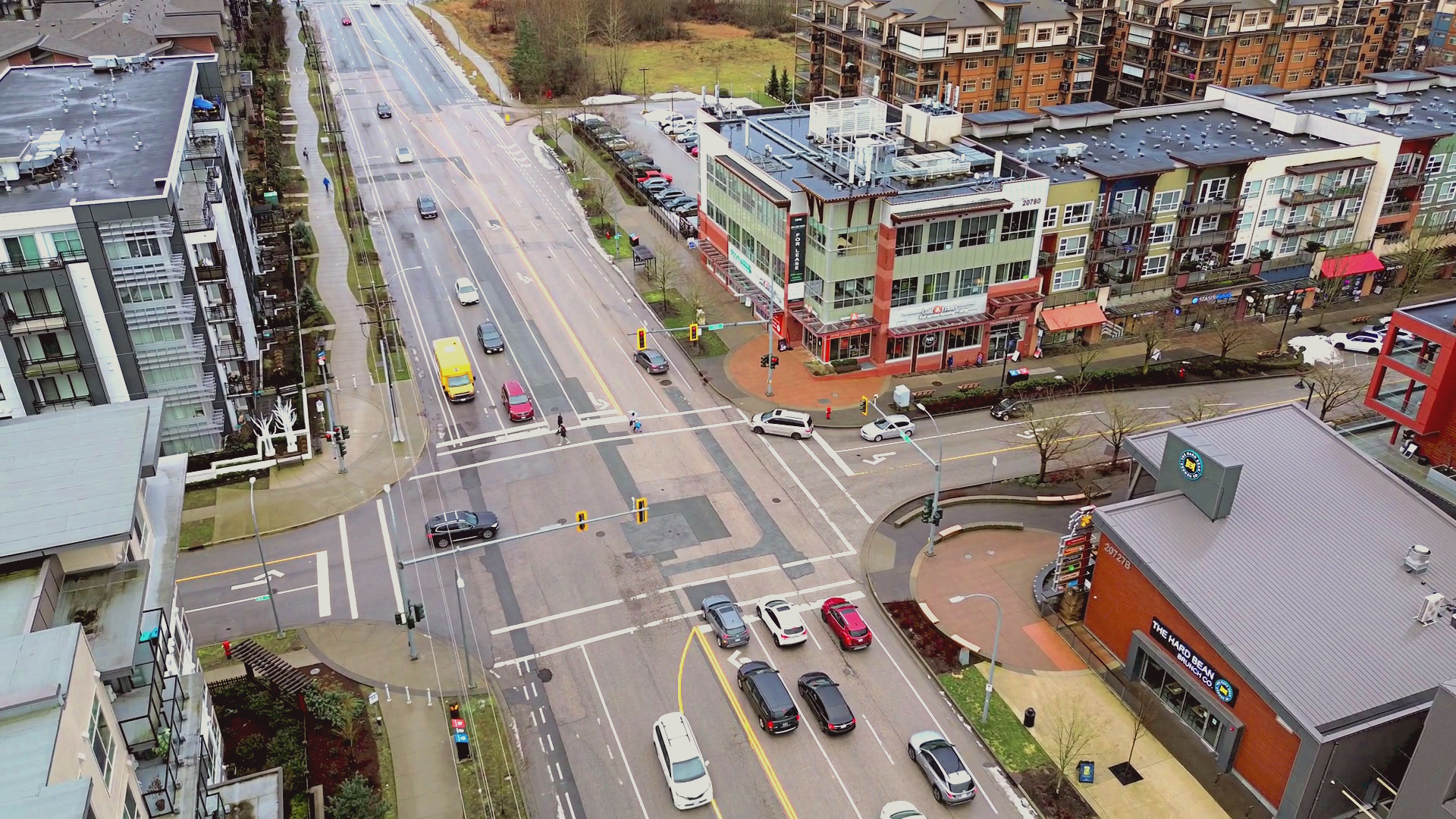
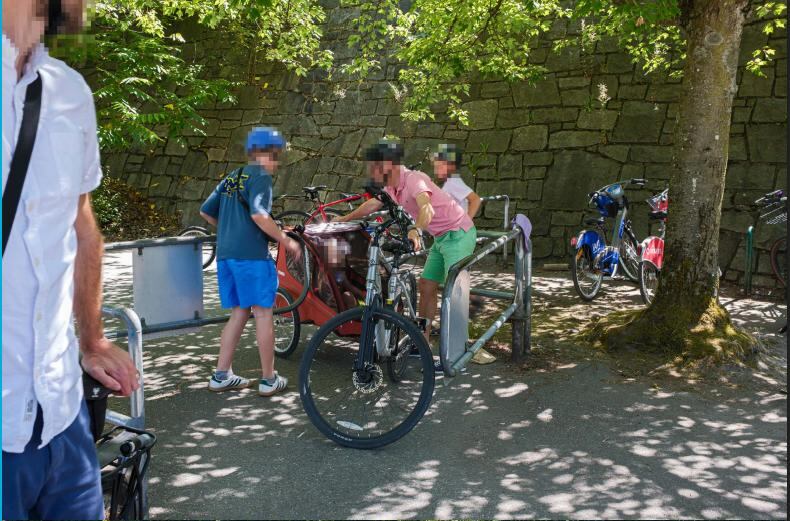
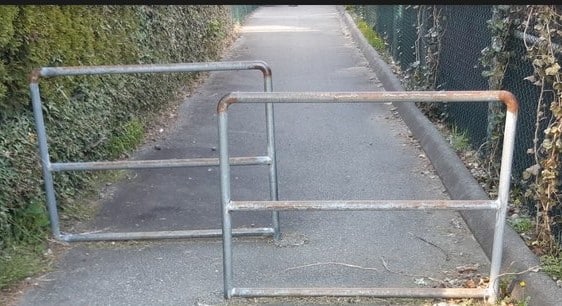
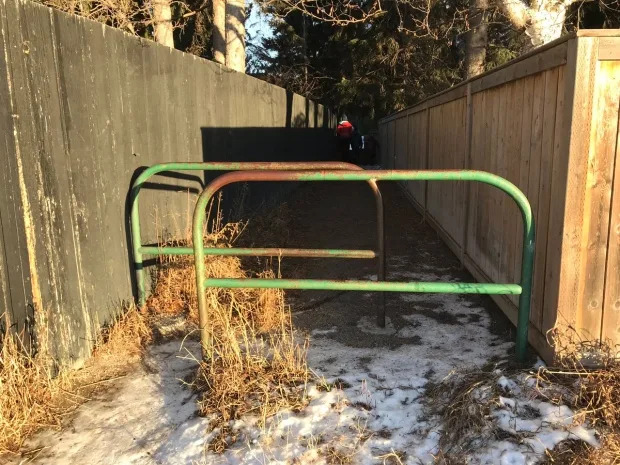
What did you think of this story?
Take our quick 2-minute survey to let us know how we're doing and what topics you'd like to see The Langley Union cover next.

